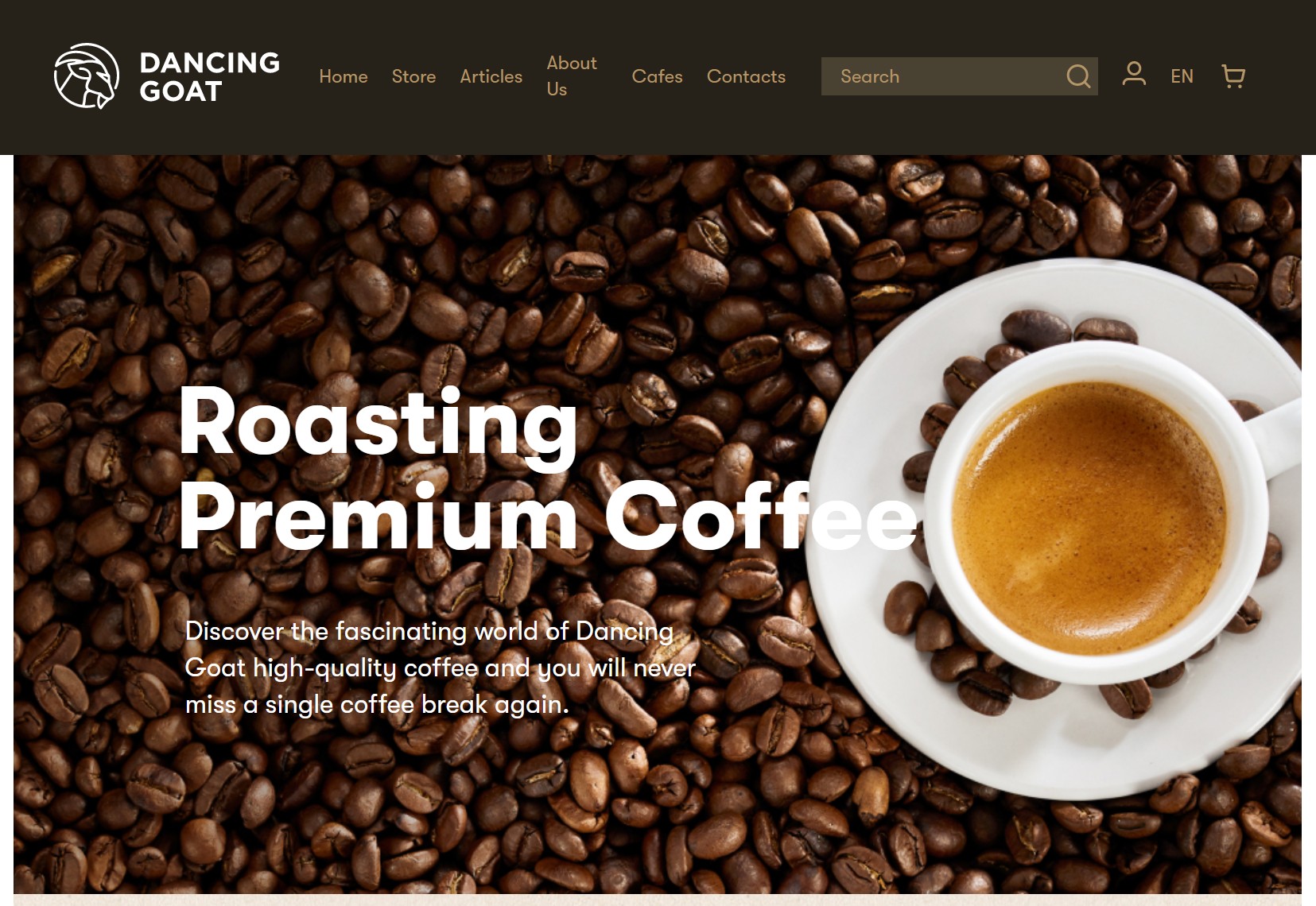Web content management
The website content is your number one digital marketing asset and using it effectively is the core of managing digital experiences. Kentico Xperience can serve as your content repository for different marketing activities, such as increasing your brand awareness, running an e-commerce store or promoting new products and services on landing pages.
Kentico Xperience’s intuitive interface and reusable components helped editors of the Be There charity launch a best-in-class website that brought 300k unique visitors in the first half of 2020 and won two Webby Awards in 2020.
Website content in Kentico Xperience
Kentico Xperience comes with built-in applications you can use to create, manage, review, and approve the content which you’re serving to your customers. With the Pages application, you manage your website’s content, Media libraries store your digital assets, and the Forms application helps you create online forms you can use to collect your customer data. The platform supports a multilingual experience and provides tools to translate your content into multiple cultures. You can also use built-in features, such as A/B testing, and optimize your content to appeal to different website audiences.
Here’re examples of what you can achieve when managing content with Kentico Xperience:
- Improve brand awareness by reusing your website content in multiple channels – marketing emails, social media posts, and others.
- Personalize your website content based on your customers’ behavior.
- Optimize pages for SEO using built-in features and 3rd-party integrations.
- Utilize advanced content management functions, e.g. versioning, page locking or content approval workflows.
- Reuse your digital assets (i.e. images, videos or PDFs) by storing them within your solution or through a 3rd party integration.
Learn how you can manage your website content
In the first part of the tutorial, you have learned how to sign in to the administration interface of your Xperience website. You know that Xperience separates its functionality into applications and you have learned how to navigate around the system. You also know there is extensive documentation where you can look for help or additional guidance.
In this part, you will learn to edit the content of pages, work with images, and add them to pages as attachments. You will learn what the page builder is and how it can help you to create effective high-traffic pages for scenarios where you often need to adjust the content and layout of the pages to achieve your marketing goals.
Get the hosted trial
In this tutorial, you will work on the Xperience Dancing Goat Core website hosted on Kentico servers. Before you dive in, please make sure you requested a hosted trial of Kentico Xperience.
You can also download all the resources you will need in this part of the tutorial: XperienceBusinessTutorial.zip.
To get the best experience out of this short content management tutorial, follow the sequence of the pages in the specified order:
1. Using Pages application
The Pages application serves as the website’s content repository. As a website editor, you’ll spend a significant portion of your days tweaking and optimizing the website’s content in this application.
2. Using the Xperience page builder
Reusable components will speed the time to market for your landing pages. Create your pages using page builder widgets and sections and model their layout that will resonate with your audience.
3. Working with files
Store any assets you need for your marketing needs in media libraries or directly as page attachments.
4. Adding a new page
Learn how you can quickly create new pages to attract your customers.

Next page: Using the Pages application